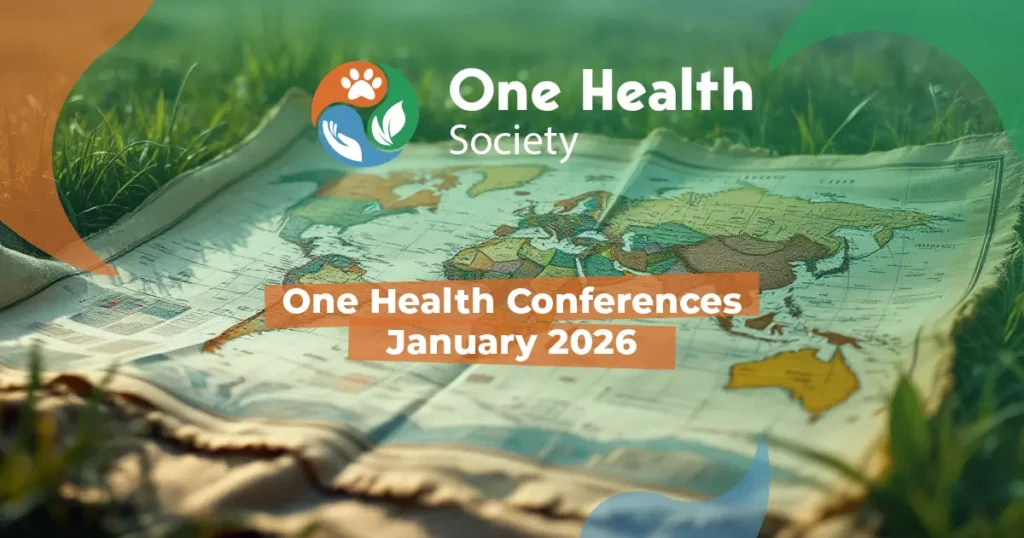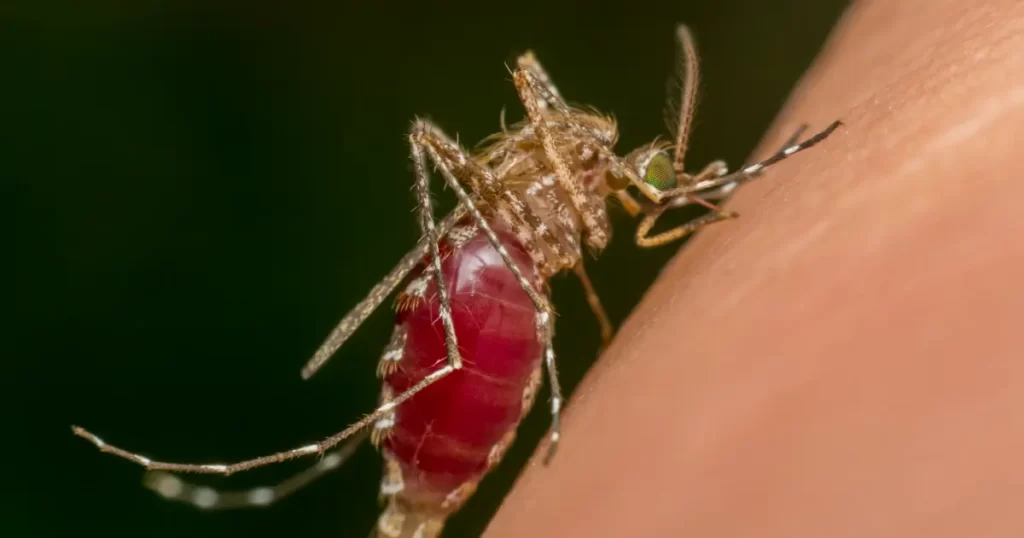Introduction
Every year on October 16, the world observes World Food Day, a global call to action led by the Food and Agriculture Organization (FAO) of the United Nations. The day highlights hunger as one of humanity’s most pressing challenges and urges us to reflect on solutions that go beyond emergency relief. At the heart of the Global Fight Against Hunger lies the need to transform food systems to ensure reliable, nutritious, and sustainable access for all.
More than a symbolic event, World Food Day reminds us that hunger is both preventable and solvable.
But how can we move from awareness to action in building a hunger-free world?
Understanding the Global Fight Against Hunger
The Global Fight Against Hunger is not only about filling empty stomachs. It is about ensuring that every individual has consistent access to safe, nutritious, and sufficient food. Today, over 735 million people face chronic hunger, while billions more struggle with food insecurity [1]. At the same time, obesity and diet-related diseases are rising, showing that hunger and poor nutrition coexist within the same communities.
Addressing hunger requires tackling poverty, inequality, conflict, and climate change simultaneously. It is a global challenge that transcends borders and demands collective solutions.
Food Security and Human Health
Food security is directly linked to public health. Malnutrition weakens immune systems, reduces learning capacity, and lowers productivity. Children are especially vulnerable: stunted growth, anemia, and vitamin deficiencies limit their potential well into adulthood.
Investing in sustainable agriculture, nutrition programs, and fair food distribution strengthens not only health outcomes but also economic resilience. A well-nourished population is healthier, more productive, and better equipped to face global crises.
Climate Change and Hunger
Climate change is both a cause and a consequence of hunger. Droughts, floods, and extreme weather events destroy crops, displace farmers, and disrupt supply chains. Agriculture, in turn, contributes nearly one-third of global greenhouse gas emissions [2].
The path forward lies in climate-smart solutions—farming methods that conserve water, protect soils, and reduce emissions. On World Food Day, the message is clear: the Global Fight Against Hunger cannot succeed without climate action.
Supporting Smallholder Farmers and Innovation
Smallholder farmers, who produce a significant share of the world’s food, are often the most vulnerable to hunger themselves. Limited access to credit, land, and markets keeps them trapped in cycles of poverty. Women, who make up a large proportion of the agricultural workforce, face even greater barriers.
Innovations such as precision farming, improved seed varieties, and digital tools can empower small farmers—but only if paired with equity. Policies that ensure fair trade, training, and access to resources are essential for transforming local food systems into engines of resilience [3].
Reducing Food Waste to End Hunger
While millions go hungry, nearly one-third of all food produced globally is lost or wasted [4]. From spoiled harvests to consumer leftovers, this waste drains resources and worsens hunger. Tackling waste means better storage, improved transport, and shifts in consumer behavior. Redistributing surplus food to those in need also helps bridge the hunger gap while reducing environmental strain.
A One Health Perspective on Hunger
Food systems are deeply connected to human, animal, and environmental health. Intensive farming practices that degrade ecosystems may increase short-term yields but worsen long-term hunger risks. By embracing the One Health approach, societies can fight hunger while protecting biodiversity, animal welfare, and public health.
Conclusion
The Global Fight Against Hunger is the defining message of World Food Day. Ending hunger requires more than aid—it demands systemic change in how we grow, distribute, and consume food.
By reducing waste, investing in smallholder farmers, and aligning agriculture with climate goals, societies can move toward equity and resilience. Ultimately, fighting hunger is not just about food—it is about justice, dignity, and survival for billions of people worldwide.
References
- FAO, IFAD, UNICEF, WFP, WHO. (2023). The State of Food Security and Nutrition in the World 2023. Rome: FAO.
- Crippa, M., et al. (2021). Food systems are responsible for a third of global anthropogenic GHG emissions. Nature Food, 2(3), 198–209. https://doi.org/10.1038/s43016-021-00225-9
- Lowder, S.K., Sánchez, M.V., & Bertini, R. (2021). Which farms feed the world and has farmland become more concentrated? World Development, 142, 105455. https://doi.org/10.1016/j.worlddev.2021.105455
- Gustavsson, J., et al. (2011). Global food losses and food waste. FAO Report. Rome: FAO.













